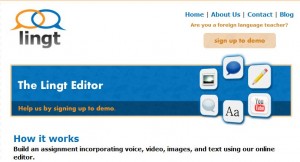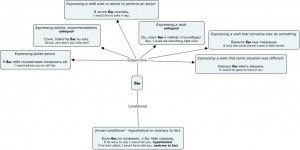It was December 17, 1996 and crowds huddled outside the Mercer Arena in Seattle, WA, waiting to enter what turned out to be the last grunge concert I’d ever see. Soundgarden was finishing up the U.S. leg of their Down On The Upside tour, with local favorites The Presidents of the United States of America doing the opening act in their mutual hometown. I was wearing ripped jeans, heavy black boots, a flannel shirt and a beanie. I was soaking wet, and avoiding eye contact with the many hawkers of jewelry, tickets, t-shirts and zines…. wait. What was a zine? The first glance indicated that they were small, homemade magazines about tatoos and the grunge-rock drug scene. I averted my eyes and hid behind my two companions- incidentially, they were brothers of viking descent, both about 6 foot 5, one with a long braided beard.
Since then, I’ve braved a glance at zines in funky coffeeshops, independent bookstores, and folklife festivals. I’ve pondered the importance of them in a free speech community. I’ve questioned the degree of “hipness” one must have to publish, create, buy or even read a zine. I’ve compared cover artwork and copy editing. I’ve never actually read one cover to cover. I’ve certainly never considered making my own, led by the assumption that I lack the creative talent and that I’m a veritable black hole of “with-it-ness.”
So it’s 2009 and there are crowds of people fighting over seats in the Sampson Center here at MIIS, for it seems as though there are never enough tables near power outlets. I’m wearing ripped jeans, rubber rain boots (yellow and green plaid!), a henley shirt of the type I like to call waffle, and a bike helmet. I’m soaking wet and avoiding eye contact with anyone or thing that might distract me from my mission-finishing my homework. Yet my eye is drawn to a edublog post about…. zines.
So check it out: www.openzine.com
What it does: user friendly tool for creating online zines to share
Cool tricks: variable layout, easy to edit, accommodates text and pictures, lets you share images
Possible uses: student club newsletters, class project zines, language zines for learners or by learners, conference or subject specific zines for networking, idea sharing, FUN!
I haven’t fully explored this site, but it looked interesting and possibly pedagogically pertinent.
 Google Apps can provide you with many options on making your life more efficient and fun. Google apps can help you collaborate, organize, and get and use information. One of the major collaboration tools Google offers is Google docs. Google docs allows you to work with others on ONE document, presentation, or spreadsheets. Having One document that many people are working on is an important component of Google docs this is concept is explained magnificently in this ==>
Google Apps can provide you with many options on making your life more efficient and fun. Google apps can help you collaborate, organize, and get and use information. One of the major collaboration tools Google offers is Google docs. Google docs allows you to work with others on ONE document, presentation, or spreadsheets. Having One document that many people are working on is an important component of Google docs this is concept is explained magnificently in this ==> 

